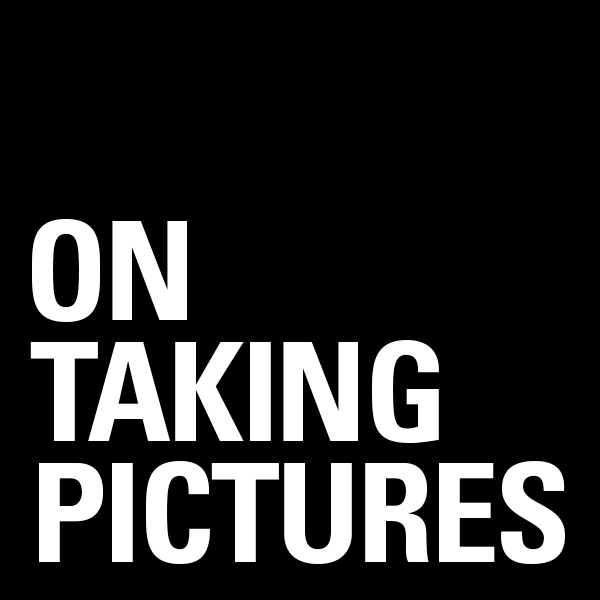 Yesterday, my mother and sister and I went to the Met to see a new special photography exhibit that opened recently. It covers the years from 1840-1940 with a bit more on either side through the lens of about a dozen monster photographers. Early early Talbot prints, Atget, Evans, HCB, the heavies. As they are photographs from the older era they were universally monochrome. I’d say black and white but many of them were albumen prints that are better described as dark tan and white.
Yesterday, my mother and sister and I went to the Met to see a new special photography exhibit that opened recently. It covers the years from 1840-1940 with a bit more on either side through the lens of about a dozen monster photographers. Early early Talbot prints, Atget, Evans, HCB, the heavies. As they are photographs from the older era they were universally monochrome. I’d say black and white but many of them were albumen prints that are better described as dark tan and white.
I had brought my Leica and a roll of 400CN with me which allowed me to both see this work and then get inspired to shoot as we walked around for the rest of the day. I went home, getting the film processed on the way (3 cheers for Connie), and scanned the ones. The photo in the last post is from that roll, as well as a good 6 others which I decided to scan and print. That’s a pretty good take for me from a single roll, the scanning takes a long time to do and clean up, so I’m picky when I’m editing.
The prints were looking so nice on the satin paper I use that I got on a little black and white Leica printing spree and went and printed about 20 images that I’ve shot since the beginning of the year. About 6×9″ on letter size paper. One after another as they popped out of the printer I held them under the light and got a little giddy.
Now, I’m not going to say that b/w is for everything or that you can’t shoot good b/w on a digital camera, especially with monochrome color channel adjustments in software like Lightroom. But for some reason I didn’t feel like I could have produced quite the same images with my digital camera. I’ve tried too, and some of them came out really nice, but none of them felt as objective somehow. Maybe it was the leica glass, and perhaps it was the borders I leave on the images when I scan (That’s my own little rule with the Leica, ‘No Cropping’ and borders to prove it.. I want to be like HCB).
No matter the reason, there is something ‘better’ and more interesting about the film b/w than digital to me, and I don’t feel the same way about color. The dynamic range feels wider (certainly the case with true b/w film), and the midtones have more character. If I had shot the above photo with my 5D, that skylight would have been completely blown out. And blown out in that digital way. If I have one big gripe with my digital gear, it’s the complete lack of grace when blowing out highlights. I know all about digital theory, and all 1’s means 100% and there ain’t nothin’ above 100%. But they need to expand the dynamic range of the sensors so that they can use software to give a much smoother curve to the ends of the spectrum.
Or maybe it’s the silver nitrate (thought I was shooting C41 film and printing to inkjet, it’s DNA is still in the blood) And that’s when the only analog part of my process is the film after that it’s digital all the way. It’s as if the process has been so refined over the past 100+ years that there is no way to improve it very much. Maybe I’m talking a lot of shit.
